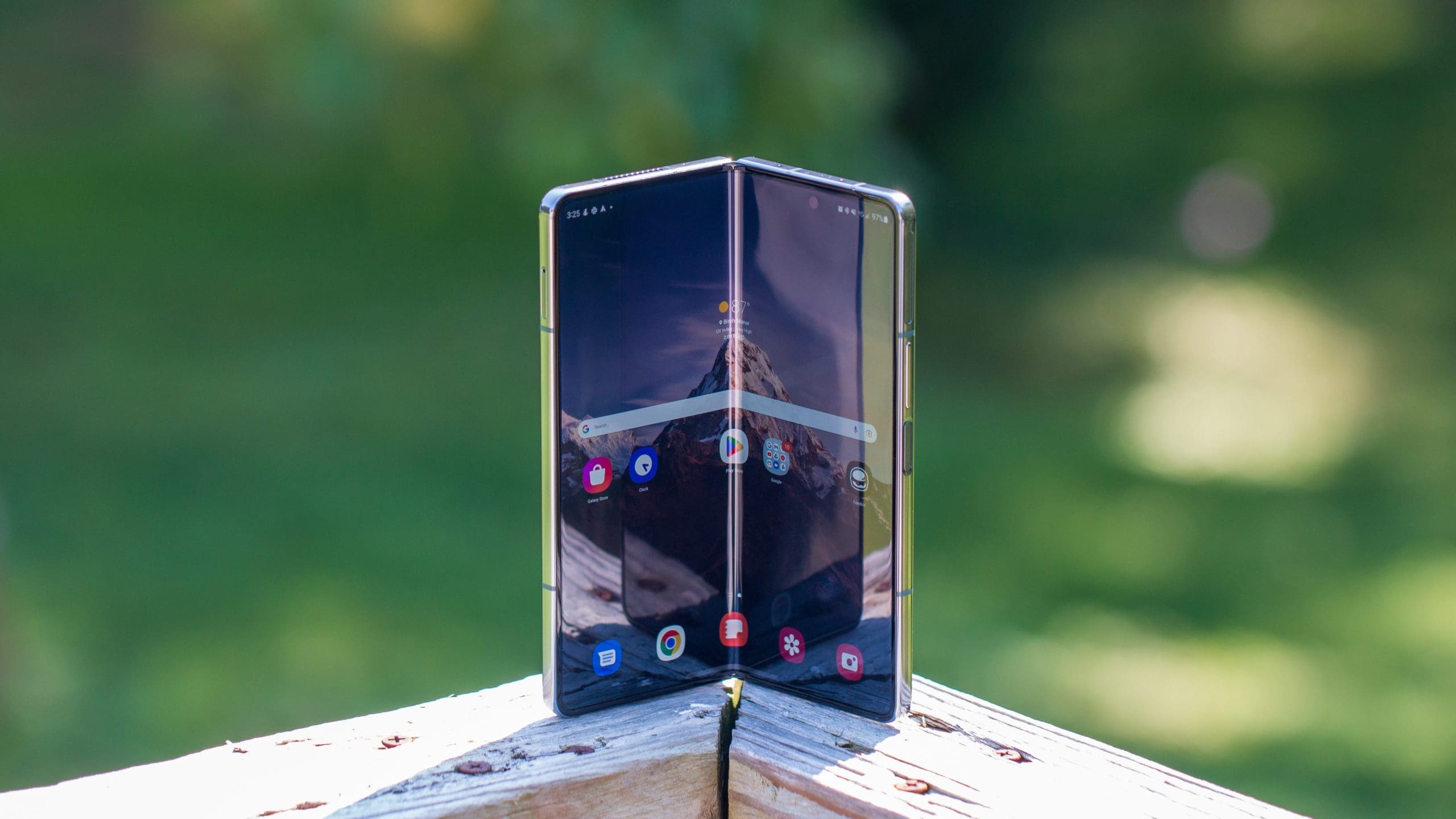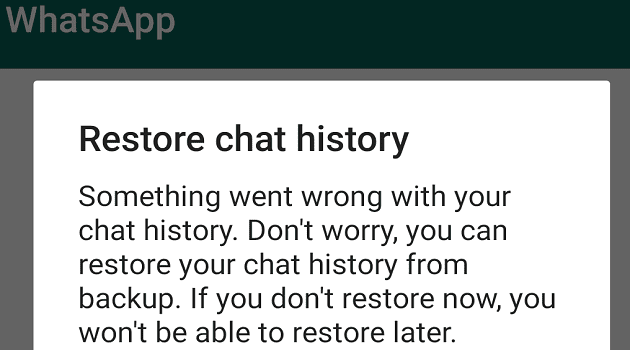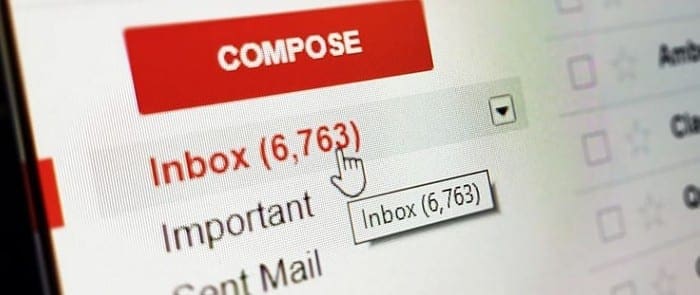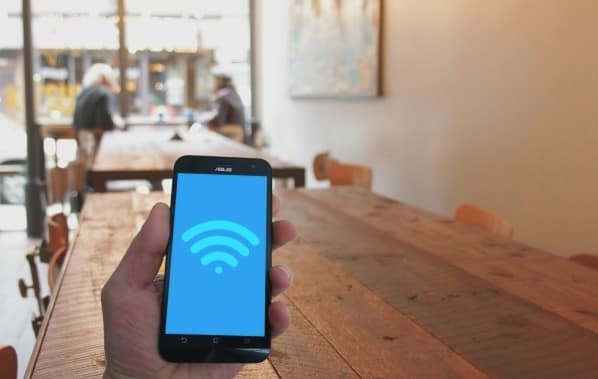After enduring several years of unfounded rumors, Google has finally and officially launched its inaugural foldable phone. This was somewhat unexpected, especially since the company is just over two years into its overhaul of the Pixel series, powered by Google Tensor chips.
Understandably, the immediate comparison that comes to mind is between the Pixel Fold and the Galaxy Z Fold 4. This comparison is logical given Samsung’s market leadership and its status as the sole provider of foldable phones in the U.S.
Samsung has been involved in the foldable phone market for a few years now, not only with its Galaxy Z Fold models but also with the Galaxy Z Flip. At first glance, it appears that Google faces a significant challenge, but a more in-depth analysis is needed to confirm this.
Contents
Google Pixel Fold vs. Galaxy Z Fold 4: Design and Displays
![]()
At a glance, there’s no way you could confuse the Pixel Fold with the Galaxy Z Fold 4. Each of these phones boasts a unique design, with the Pixel Fold adopting a shorter and wider style compared to the Z Fold 4’s taller layout.
The Pixel Fold sports a 5.8-inch OLED cover display with a 17.4:9 aspect ratio, whereas the Z Fold 4 features a taller 6.2-inch Dynamic AMOLED screen with a 23.1:9 aspect ratio. Several Z Fold 4 users have noted that while the tall and slim Cover Screen is suitable for one-handed usage, it feels cramped for most other activities.
This arguably gives the Pixel Fold an instant advantage, as its cover display, though shorter, mirrors a conventional smartphone more closely. Considering that 6.7-inch displays have become standard, this could potentially be the optimal way to experience a “small” Android phone.
No matter which phone you choose, unfolding them reveals a large 7.6-inch screen with a variable 120Hz refresh rate. However, due to Google’s choice of a shorter and wider cover screen, the Pixel Fold’s inner display has a 6:5 aspect ratio. Conversely, the Z Fold 4 features a 21.6:18 aspect ratio, which is generally ideal but can feel a bit uncomfortable while watching videos or playing certain games.

Another noticeable difference between the Pixel Fold and Galaxy Z Fold 4 is the bezels on their inner displays. If you prefer a bezel-less look, then the Galaxy Z Fold 4 would be your preferred choice.
The Pixel Fold opts for a different design, featuring thicker bezels that provide a grip for your fingers. In landscape mode, the Pixel Fold has uniform bezels at the top and bottom, with the left and right bezels mirroring each other.
Google might have an advantage in the hinge design, as the Pixel Fold employs a “water-drop” hinge. This design allows the phone to close completely, eliminating any space between the two screen halves. This should also result in an “invisible” crease when using the Pixel Fold, a feature seen in devices like the Oppo Find N2.
In contrast, Samsung continues to use the older hinge system, which tends to leave a noticeable crease over time. Although rumors indicate that the Galaxy Z Fold 5 may adopt the water-drop hinge design, this is a discussion for another time.
The final comparison point for these devices is their size and weight. Despite its smaller cover screen and water-drop hinge, the Pixel Fold is 20g heavier than the Galaxy Z Fold 4 (283 grams vs 263 grams). While this might not be the deciding factor, it’s certainly worth noting.
Google Pixel Fold vs. Galaxy Z Fold 4: Spec Comparison
![]()
Regarding specs and performance, we won’t delve too deeply. The Pixel Fold operates on the same Tensor G2 chip found in the Pixel 7 Pro, while the Galaxy Z Fold 4 uses the Snapdragon 8+ Gen 1, first introduced in the Galaxy S22 series.
Both Google and Samsung offer similar RAM and storage options, with 12GB of RAM and either 256GB or 512GB of storage. Samsung, however, has an advantage with an available 1TB storage option for those who need it.
| Google Pixel Fold |
Samsung Galaxy Z Fold 4
|
|
| Price (MSRP) | $1,799 | $1,799 |
| Software | Android 13 |
Android 12, One UI 4.1
|
| Processor | Google Tensor G2 |
Qualcomm Snapdragon 8+ Gen 1
|
| RAM | 12GB | 12GB |
| Storage | 256GB, 512GB |
256GB, 512GB, 1TB
|
| Inner Display | 7.6-inch OLED, Up to 120Hz, 2208 x 1840, 6:5 |
7.6-inch Dynamic AMOLED 2x, LTPO (1-120Hz), 2176 x 1812, 21.6:18
|
| Cover Display | 5.8-inch OLED, Up to 120Hz, 2092 x 1080, 17.4:9 |
6.2-inch Dynamic AMOLED 2x, LTPO (48-120Hz), 2316 x 904, 23.1:9
|
| Protection | IPX8 water resistance |
IPX8 water resistance
|
| Security | Side-mounted fingerprint sensor, |
Side-mounted fingerprint sensor
|
| Rear Camera 1 | 48MP, ƒ/1.7, 0.8μm, 82-degree FoV (main camera) |
50MP, ƒ/1.8, 1.0μm, 85-degree FoV (main camera)
|
| Rear Camera 2 | 10.8MP, ƒ/2.2, 1.25μm, 121.1-degree FoV (ultra-wide) |
12MP, ƒ/2.2, 1.12μm, 123-degree FoV (ultra-wide)
|
| Rear Camera 3 | 10.8MP, ƒ/3.05, 1.25μm, 5x optical zoom |
10MP, ƒ/2.4, 1.10μm, 3x optical zoom
|
| Inside Camera | 8MP, ƒ/2.0,1.22μm, 84-degree FoV |
4MP, ƒ/1.8, 2.0μm, 80-degree FoV
|
| Cover Camera | 9.5MP, ƒ/2.2, 1.22μm, 84-degree FoV |
10MP, ƒ/2.2, 1.22μm, 80-degree FoV
|
| Battery | 4,821mAh (dual 2,410mAh batteries) |
4,400mAh (dual 2,200mAh batteries)
|
| Charging | 30W Fast charging, Qi wireless charging |
25W Fast Charging, 10W Wireless Charging, 4.5W Reverse Wireless Charging
|
| Connectivity | 5G (sub-6, mmWave), Ultra-Wideband, Bluetooth 5.2, Wi-Fi 6/6E |
5G (sub-6, mmWave), Bluetooth 5.2, Wi-Fi 6/6E
|
| Colors | Obsidian, Porcelain |
Graygreen, Phantom Black, Beige, Burgundy (Samsung.com exclusive)
|
| Dimensions (folded) | 139.7mm x 79.5mm x 12.1mm |
67.1 wide x 155.1 tall x 15.8mm thin
|
| Dimensions (unfolded) | 139.7mm x 158.7mm x 5.8mm |
130.1 wide x 155.1 tall x 6.3mm thin
|
| Weight | 283 grams | 263 grams |
| Audio | Stereo sound | Stereo sound |
Further similarities can be found in features like the fingerprint scanner, which is integrated into the Power button on both the Pixel Fold and Z Fold 4. We’re still awaiting the first dust-resistant foldable phone, but both devices offer IPX8 water resistance.
Turning to battery life, both devices employ a dual-battery setup, with the Galaxy Z Fold 4 featuring two 2,200mAh cells and the Pixel Fold using two 2,410mAh cells. Google claims that this should enable the Pixel Fold to last over 24 hours, and up to 72 hours with Extreme Battery Saver activated.
The Galaxy Z Fold 3 had significant battery issues, so it was surprising to see the Galaxy Z Fold 4 launched with the same 4,400mAh cell. However, the Snapdragon 8+ Gen 1 chip improved battery life, extending it three hours longer than its predecessor. In short, unless you’re engaging in heavy gaming, the Z Fold 4 should easily last a full day.
Google Pixel Fold vs. Galaxy Z Fold 4: Software

In a bid to rival Apple, more OEMs are enhancing the duration of phone support. Google, while not making extensive promises, confirmed that the Pixel Fold will get at least five years of “Pixel Updates.”
This aligns with Samsung’s promise of five years of security updates for the Galaxy Z Fold 4. However, it’s still uncertain whether Google will match Samsung’s commitment to major OS updates. The Galaxy Z Fold 4 is slated to receive four years of significant Android updates, ensuring it will be updated to Android 16.
Significantly, Samsung’s five-year experience with foldable phones provides it with a substantial advantage. Its One UI has been adjusted to accommodate the various screen configurations possible with a foldable phone. This includes features like Samsung Labs toggles to ensure apps function correctly on the inner screen, or synchronizing your Cover Screen and Main Screen.
![]()
Samsung and Google’s close collaboration implies that the Pixel Fold will benefit from the lessons learned from Samsung’s foldable phones. However, it’s unclear how Google’s Android version will manage apps not adequately updated for foldable phones or tablets, with Instagram being a prime example.
Nonetheless, Android 12L has paved the way for an improved foldable experience. It features separate columns within specific apps and UI elements, plus a taskbar for more straightforward multitasking. The Adaptive design allows for easy side-by-side app usage and independent adjustment of each app’s width.
Google Pixel Fold vs. Galaxy Z Fold 4: Cameras
![]()
The camera department is one area where the Pixel Fold could potentially outshine the Galaxy Z Fold 4. Both devices feature a triple rear-camera setup, a cover screen selfie camera, and another selfie camera on the inner display.
The Pixel Fold boasts a 48MP wide-angle main lens, a 10.8MP ultrawide sensor with a 121.1-degree field of view (FoV), and a 10.8MP telephoto lens offering a 5x optical zoom. The Galaxy Z Fold 4, on the other hand, utilizes a 50MP wide-angle main sensor, a 12MP ultrawide lens with a 123-degree FoV, and a 10MP telephoto camera with a 3x optical zoom.
Due to the larger bezels on the main 7.6-inch screen, Google used a standard 8MP wide-angle selfie camera, avoiding the need for innovation. Conversely, Samsung chose a 4MP under-display camera. While the Fold 4 doesn’t produce the worst photos, they’re not the best and are probably not frequently used.

Although Samsung may have an advantage in terms of foldable phone software experience, the Pixel Fold is likely to dominate in the camera department. Ultimately, you’re getting the Pixel experience, even if the sensors differ from those on the Pixel 7 Pro.
Google’s image processing is unparalleled, maintaining Pixel phones’ reputation as some of the best for still images. Android still needs improvements in videography, but both Samsung and Google have been making progress in this area.
Google Pixel Fold vs. Galaxy Z Fold 4: Conclusion

It’s challenging to recommend purchasing the Pixel Fold immediately, primarily because we haven’t yet had hands-on experience with the device. That’s not to suggest you shouldn’t consider getting one.
Another point to consider is the rumored launch of the Galaxy Z Fold 5 in July, earlier than Samsung’s traditional August release for foldable phones. Google’s Pixel Fold announcement may have influenced Samsung’s timing, but there are still a few months to wait.
If pressed to choose, we would recommend the Pixel Fold. The Pixel Watch demonstrated Google’s ability to deliver an excellent first-generation device, a trend we anticipate continuing with the Pixel Fold.
Granted, you might experience smoother software with the Galaxy Z Fold 4. As we’ve previously noted, Samsung has refined its foldable experience over the years. In addition, built-in features and toggles allow you to customize apps and phone usage to your preference.



